Why are grapes treated in spring with iron or copper sulfate and how to do it correctly?
Iron is one of the essential elements for grapes. It is responsible for the growth, development of the vine, the formation and full ripening of berries. It is not only a fertilizer, but also an assistant in the fight against pests and diseases characteristic of the plant - powdery mildew, mildew (downy mildew), anthracnose, bacterial cancer. Therefore, the need to replenish the soil with iron, as well as appropriate top dressing, are on the agenda every year. We will learn how to properly process grapes with iron vitriol in spring.
What does the treatment with iron vitriol give?
Timely spring processing of grapes, carried out in compliance with the rules and regulations, gives the following results:
- enhanced photosynthesis in the green parts of the vine;
- the vine becomes more elastic, it is easier to work with it (guide, tie, etc.);
- prevention of the development of fungal diseases - mildew, oidium;
- replenishment of the soil composition - and with foliar feeding of the plant itself - with iron, which protects against the development of chlorosis;
- destruction of moss and lichens on the trunk and old branches;
- disinfection.
Similar results can be obtained if grapes are treated with copper sulfate. But iron, unlike copper, does not accumulate in the soil, that is, it is more environmentally friendly.
The treatment of grapes with iron sulfate makes it possible to recognize oidium in the early stages: the bark after spraying darkens, black spots of the affected areas clearly appear on it, which are invisible in a dry state.
It is also worth remembering that early, before the buds open, the treatment of grapes with iron vitriol serves as protection against recurrent cold snaps that ruin the vineyard harvest on the vine. After spraying, a film forms on the surface of the vines and buds, which delays their awakening for two weeks - a period sufficient to survive the frost without loss.
It is generally accepted that the southern regions do not suffer from sudden cold snaps in spring, so there are often recommendations to use copper sulfate for the first prevention. However, in the foothill regions of the South of Russia, spraying with iron sulfate is more reliable.
The protection of the vine from infection by fungi is complemented by the containment of their spread throughout the entire site, since spores are activated precisely in the spring - with its temperature drops and a significant amount of rain.
Working solution concentration
For different purposes, ferrous sulfate is dissolved in water in different proportions. Let's consider what solutions and how they are used to solve problems with the vineyard.
- For preventive treatment of the vineyard, a concentration of 0.5% is used, that is, 50 g of ferrous sulfate is diluted in 10 liters of water.
- For foliar top dressing after the first leaves bloom, a concentration of 0.1-0.2% is required - 0-20 g of salt per 10 liters of water.
- With chlorosis, treatment is carried out with a 0.5% solution with the addition of citric acid (2 tablespoons of crystals per 10 liters of solution). In case of carbonate chlorosis, in addition to spraying the leaves, a solution of vitriol (without additional components) is also poured into the soil. Non-infectious chlorosis is treated only with a composition with the addition of acid - along the leaf and into the ground. The procedures are repeated every 3-4 days until the plant is completely healed.
- Disinfection of cracks and wounds on the trunk and shoots is carried out with a solution in 3-5% concentration (300 or 500 g of powder per 10 liters, respectively). In the same way, disinfection is carried out in places where branches are cut or broken. The procedure is repeated several times after 5-6 days.
- To combat moss and lichen, a 3% solution is used in early spring, only the affected areas of the trunk are treated. After 2-3 hours, all excess is picked by hand and burned. The exposed cracks and chips of the bark are disinfected with the same solution.
- Treatment against pests is carried out with a 1.5% solution (150 g per 10 l of water).
- Treatment of fungal diseases is carried out with 3% iron sulfate. The course is 2-3 sprays with an interval of 7 days.
- Dry powder (100 g per m22) are introduced into the ground during digging.
If the reason for the poor condition of the grapes is not clear, the spring treatment is carried out with a solution with a concentration of ferrous sulfate from 0.5% to 1%.
The use of ferrous sulfate in viticulture has a number of disadvantages associated with the need for strict adherence to the rules and concentration, however, the advantages of the substance are more significant, and so far no alternative has been found.
It is completely safe to spray grapes and other fruit and berry plants with iron vitriol: it is a contact chemical that does not penetrate deeply into tissues. It is quickly and easily washed off with water, its ingress into the human body with berries is excluded if basic hygiene standards are observed - washing them before eating.
Usually the solution is prepared "with a margin". The leftovers can be used anywhere on the site: spray trees or bushes, spray on the ground, flower garden.
Rules for processing grapes with iron vitriol in spring
The processing results primarily depend on the correct timing of its implementation.
- The first spring processing must be carried out within strictly defined terms, which are counted from the moment the shelter is removed from the grapes - no more than 7 days. By the time of spraying, the buds should already swell, and the air temperature should be consistently above + 5 ° C. If reusable materials (film, boards, slate, agrotechnical) were used to cover the grapes, they are treated simultaneously with the vine with the same solution.
- The second treatment - it is called backup - is carried out a day or two before the opening of the buds. The foliage at this time does not yet cover the surface of the vineyard; to spray it with iron vitriol at this time means to completely process the pedicels of all forming brushes. The air temperature does not matter.
- The third treatment is carried out when the 5th leaf is formed on young shoots. Spraying is in the nature of foliar feeding; a solution of a lower concentration is used for it (see above).
At this stage, the entire vine is carefully examined in order to timely identify signs of chlorosis: young shoots are thin, short, characterized by slow growth and discolored leaves. If there is a suspicion of chlorosis, in addition to feeding on the leaf, a solution of ferrous sulfate is sprayed over the soil.
For processing, choose calm weather, cloudy, but without rain. The forecast should assume no precipitation for at least a day. Rainwater easily dissolves the protective film, which affects the overall spray performance.
Spraying the solution is carried out from the adjacent soil, gradually rising up along the vine. Consumption rate - 10-15 liters per 100 m2.
Working solutions are prepared in plastic or glass containers. The solution can corrode metal containers.
Processing is carried out using personal protective equipment:
- clothing should completely cover arms, legs, body;
- safety glasses, respirator, gloves are required.
Compatibility of ferrous sulfate with other drugs
For beginners, the question often arises whether it is possible to process grapes with iron sulfate and other substances at the same time. The hydrogen sulfate index of iron is 3.5. It is impossible to mix the substance with drugs that have an alkaline reaction (compounds of calcium, zinc, copper, magnesium, boron), as well as with any phosphorus-containing substances. It is also unacceptable to mix iron sulfate with copper.
If we neglect the basics of chemistry, at best they get zero result, although the consequences for grapes can be severe.
Experienced growers recommend waiting at least 2 weeks after treatment with ferrous sulfate before using other drugs.
Economical, easy-to-use iron sulfate is an excellent product for all types of grape care. Even advanced summer residents who keep track of all the new items often remain faithful to a simple remedy to keep the vineyard in good health.
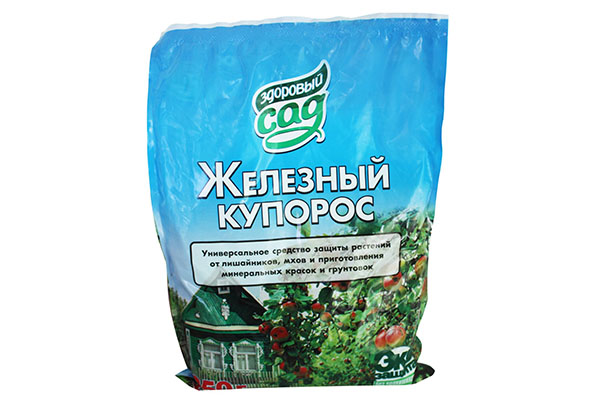
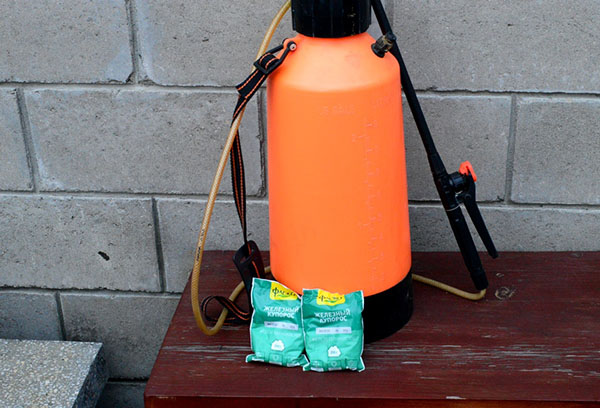
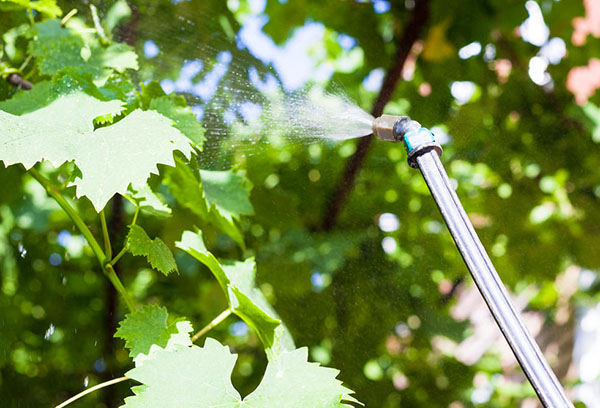
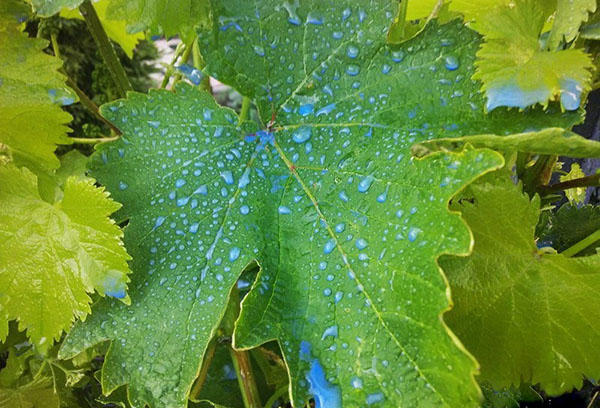
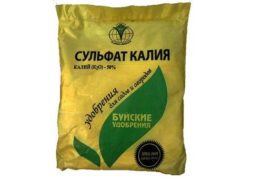
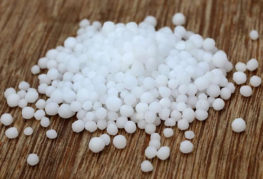
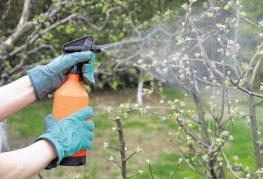
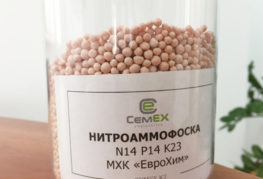
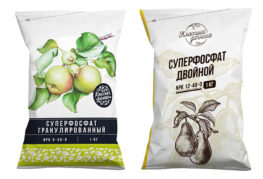
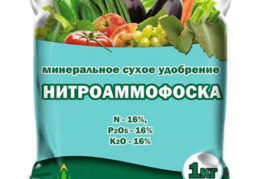
and will be published shortly.